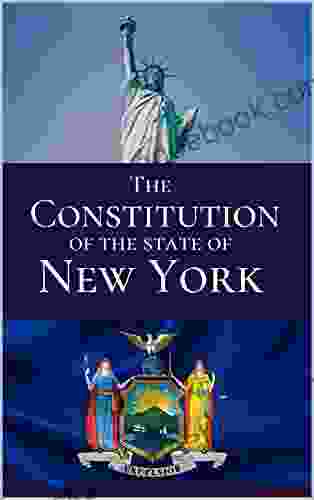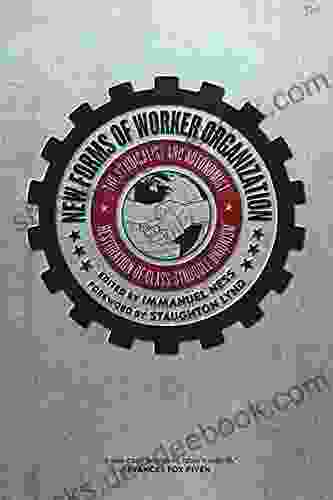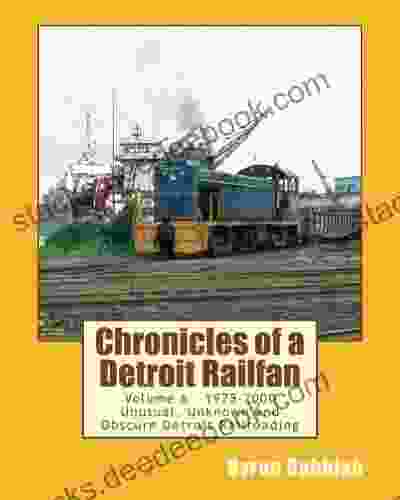New Forms of Worker Organization: Shaping the Future of Work

The world of work is undergoing a profound transformation, driven by technological advancements, Globalization, and shifting societal values. In this dynamic landscape, traditional forms of worker organization are being challenged, giving rise to new and innovative structures that are reshaping the relationship between employers and employees. This article delves into the various emerging forms of worker organization, exploring their implications for workers, organizations, and the future of work.
Employee-Owned Cooperatives
Employee-owned cooperatives are businesses where the employees themselves are the owners. This model offers several advantages, including greater worker autonomy, increased job satisfaction, and a more equitable distribution of profits. Cooperatives empower workers to have a direct say in the decision-making process and foster a sense of shared responsibility. Examples of successful employee-owned cooperatives include the John Lewis Partnership in the United Kingdom and REI in the United States.
4.1 out of 5
| Language | : | English |
| File size | : | 2751 KB |
| Text-to-Speech | : | Enabled |
| Enhanced typesetting | : | Enabled |
| Word Wise | : | Enabled |
| Print length | : | 337 pages |
| Screen Reader | : | Supported |
| X-Ray for textbooks | : | Enabled |
Remote-First Teams
Remote-first teams operate with a distributed workforce, allowing employees to work from anywhere with an internet connection. This arrangement has become increasingly popular due to the rise of remote work technologies and the need for greater flexibility and work-life balance. Remote-first teams offer advantages such as reduced overhead costs for organizations and increased flexibility and productivity for workers. However, challenges include maintaining effective communication and collaboration, as well as ensuring a sense of team cohesion.
Platform Economy and Gig Workers
The platform economy has emerged as a significant force in the labor market, connecting businesses with independent workers through online platforms. Gig workers, who perform short-term tasks or projects on a freelance basis, have become an important part of this ecosystem. While the platform economy offers flexibility and income-generating opportunities for workers, it also raises concerns regarding job security, benefits, and worker protections.
Unionization and Worker Empowerment
Unionization has been a traditional form of worker organization, allowing employees to collectively bargain for better wages, benefits, and working conditions. However, in recent years, there has been a decline in union membership in many countries. To address this, new forms of worker empowerment are emerging, such as employee advocacy groups and worker cooperatives, which aim to give workers a greater voice and influence in the workplace.
Collaborative Models and Shared Ownership
Collaborative models of worker organization emphasize cooperation and shared decision-making. Examples include worker-owned cooperatives, as well as newer forms such as worker-led social enterprises and employee-owned trusts. These models seek to create a more equitable and sustainable workplace, where workers have a genuine stake in the success of the organization.
Flexible Work Arrangements
Flexible work arrangements are becoming increasingly common, allowing workers to tailor their schedules and work environment to meet their needs. This includes options such as flextime, telecommuting, and job sharing. Flexible work arrangements can improve employee satisfaction, reduce burnout, and increase productivity. However, they also present challenges in terms of managing performance, maintaining work-life balance, and ensuring equitable opportunities for all workers.
Worker Autonomy and Self-Organization
Emerging technologies such as artificial intelligence and automation are enabling greater worker autonomy. Self-organizing teams, where members manage their own workload and decision-making, are becoming more prevalent. This trend empowers workers to take ownership of their work and harness their creativity. However, it also raises questions about the role of managers and the need for clear performance metrics.
Implications for the Future of Work
The emergence of new forms of worker organization has profound implications for the future of work. These structures offer the potential to create more equitable, empowering, and flexible working environments. They also challenge traditional notions of leadership, management, and career progression. As technology continues to advance and societal values evolve, it is likely that new and innovative forms of worker organization will continue to emerge, shaping the future of work in unforeseen ways.
New forms of worker organization are transforming the landscape of work, offering both opportunities and challenges for workers and organizations alike. Employee cooperatives, remote-first teams, platform gig workers, and collaborative models are among the many innovative structures that are redefining the traditional employer-employee relationship. As these trends continue to evolve, it is essential to embrace adaptability, foster collaboration, and explore new approaches to worker organization that promote equity, autonomy, and shared success.
4.1 out of 5
| Language | : | English |
| File size | : | 2751 KB |
| Text-to-Speech | : | Enabled |
| Enhanced typesetting | : | Enabled |
| Word Wise | : | Enabled |
| Print length | : | 337 pages |
| Screen Reader | : | Supported |
| X-Ray for textbooks | : | Enabled |
Do you want to contribute by writing guest posts on this blog?
Please contact us and send us a resume of previous articles that you have written.
 Book
Book Page
Page Reader
Reader Library
Library Paperback
Paperback Magazine
Magazine Newspaper
Newspaper Sentence
Sentence Shelf
Shelf Glossary
Glossary Synopsis
Synopsis Annotation
Annotation Footnote
Footnote Tome
Tome Narrative
Narrative Autobiography
Autobiography Reference
Reference Encyclopedia
Encyclopedia Thesaurus
Thesaurus Narrator
Narrator Librarian
Librarian Catalog
Catalog Card Catalog
Card Catalog Borrowing
Borrowing Archives
Archives Periodicals
Periodicals Research
Research Scholarly
Scholarly Journals
Journals Reading Room
Reading Room Rare Books
Rare Books Interlibrary
Interlibrary Literacy
Literacy Study Group
Study Group Thesis
Thesis Dissertation
Dissertation Storytelling
Storytelling Reading List
Reading List Book Club
Book Club Theory
Theory Stephen B Kaplan
Stephen B Kaplan Ha Jin
Ha Jin Jeff Gross
Jeff Gross Michael Tanner
Michael Tanner Carrie Parker
Carrie Parker Daniel Farcas
Daniel Farcas William W Orbach
William W Orbach Course Hero
Course Hero Margot Livesey
Margot Livesey Adriana Kritter
Adriana Kritter John Ball
John Ball Anna Yarn
Anna Yarn Katie Proctor
Katie Proctor Ben Settle
Ben Settle William Briggs
William Briggs Cody Benjamin
Cody Benjamin Yu Jin Zhang
Yu Jin Zhang Pandit Rajmani Tigunait Ph D
Pandit Rajmani Tigunait Ph D M M Holt
M M Holt Robert Grant
Robert Grant
Light bulbAdvertise smarter! Our strategic ad space ensures maximum exposure. Reserve your spot today!

 Sammy PowellOdd Squad Agent Handbook: The Ultimate Math-Solving Guide for Aspiring Agents
Sammy PowellOdd Squad Agent Handbook: The Ultimate Math-Solving Guide for Aspiring Agents James GrayFollow ·18.1k
James GrayFollow ·18.1k Terry PratchettFollow ·3.4k
Terry PratchettFollow ·3.4k Mitch FosterFollow ·13.3k
Mitch FosterFollow ·13.3k Dylan MitchellFollow ·15.9k
Dylan MitchellFollow ·15.9k Forrest ReedFollow ·17.3k
Forrest ReedFollow ·17.3k Marcus BellFollow ·16.6k
Marcus BellFollow ·16.6k John MiltonFollow ·15.7k
John MiltonFollow ·15.7k Willie BlairFollow ·19.2k
Willie BlairFollow ·19.2k

 Amir Simmons
Amir SimmonsMore Zeal Than Discretion: A Closer Look at the Risks and...
Enthusiasm is often seen as a positive...

 Wayne Carter
Wayne CarterYear of the Dog: American Poets Continuum 178
Year of the Dog is a...

 David Foster Wallace
David Foster WallaceThe Constitution of the State of New York: A...
The Constitution of the...

 Harvey Bell
Harvey BellSmall Cetaceans of Japan: Exploitation and Biology
Small cetaceans, including...

 Blake Bell
Blake BellEffortless Elegance: A Comprehensive Guide to Captivating...
In the realm of crocheting,...
4.1 out of 5
| Language | : | English |
| File size | : | 2751 KB |
| Text-to-Speech | : | Enabled |
| Enhanced typesetting | : | Enabled |
| Word Wise | : | Enabled |
| Print length | : | 337 pages |
| Screen Reader | : | Supported |
| X-Ray for textbooks | : | Enabled |












